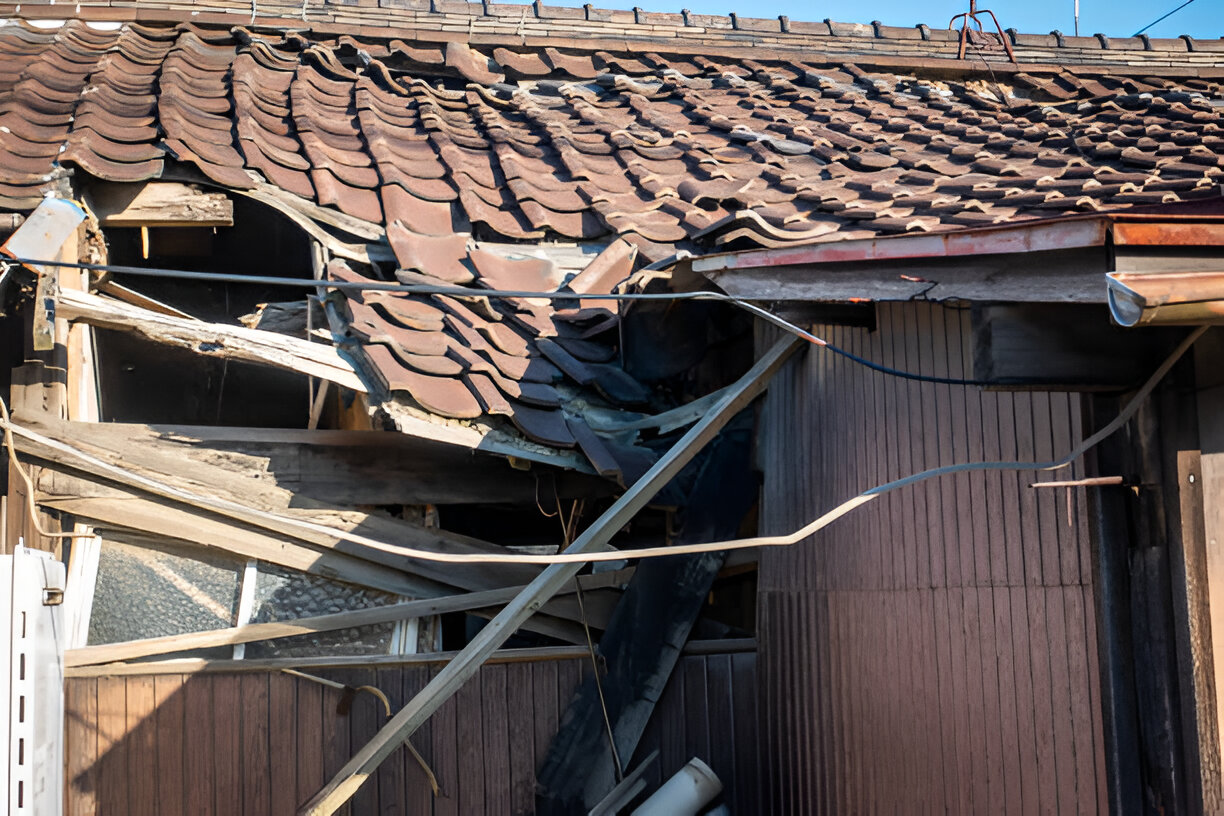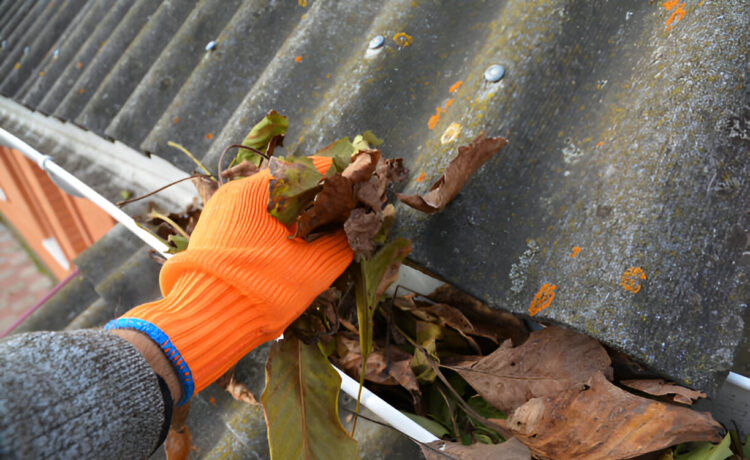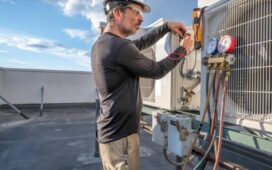Most homeowners ignore their roofs until they see cracks or leaks. But waiting until water drips from the ceiling can mean serious (and expensive) problems. The truth is, roof damage often starts small and out of sight.
For roof repair work, hire an expert contractor like Alpine Exterior Contractors. They have the best GAF shingle installers. GAF-certified installers are experts in installing shingles. This means the chances of making errors during installations would be very less. In this article, we’ll walk you through how to check for roof damage both inside your home and out. It’s a minimum thing that all homeowners should learn how to do.
Start from the Inside
Before grabbing a ladder or heading outside, start your inspection indoors. Many roof problems show up here first, especially in the attic or top floor.
Check the Attic
Your attic holds clues about your roof’s condition.
Check it with a flashlight for the following things.
- Damp insulation or wood
- Mold or mildew smells
- Water stains on beams
- Sunlight coming through the roof boards
Any of these signs could point to a leak or weak spot in your roofing.
Look at the Ceilings and Walls
Even if your attic seems dry, don’t forget to scan ceilings and walls in your top-floor rooms. Water stains, peeling paint, or bubbling in drywall could mean water is getting in. If you notice any of these issues, don’t wait—get it checked out.
Look at the Shingles Carefully
Shingles are your roof’s armor. If they’re in bad shape, your roof is vulnerable.
Here’s what to watch for:
- Missing shingles
- Cracked, curled, or bent shingles
- Patches that look darker (this can mean granules have worn off)
- Don’t Forget the Gutters
Gutters do more than just move rainwater—they can reveal damage, too.
Check them for:
- Shingle granules or bits of debris
- Sagging sections crack
- Overflowing water (could mean a blockage or backup)
You must look for the following things after a storm.
- Lifted or flapping shingles
- Debris
- Bent or missing flashing
Call a roofer for a professional inspection immediately if you notice any of these problems. It is better to call a professional, even if you didn’t find any signs of damage. Experts can easily spot roof damage, which can help you take immediate action.

When to Call a Pro
Everything on your roof may not be visible from the ground clearly. And unless you’re comfortable working on a roof, it’s often safer and smarter to call in an expert.
You should definitely get a professional opinion if:
- Your roof is much older.
- You’ve had several leaks or recurring issues
- A recent storm caused damage
- You see sagging, rot, or mold
A roofer can give you a detailed inspection and let you know whether repairs are needed or if a full replacement is on the horizon.
Quick Checklist
Here’s what you need to look for:
Area What to Look For
Attic Moisture, daylight, mold
Ceilings Stains, bubbling paint, discoloration
Shingles curling, cracks, and missing pieces
Flashing Gaps, rust, loose sealant
Gutters Granules, sagging, clogs
Roofline Sagging, uneven ridges
After Storm Debris, lifted shingles, hail dents














